Widgetized Section
Go to Admin » Appearance » Widgets » and move Gabfire Widget: Social into that MastheadOverlay zone
First Aid Gear For The Range Bag
Continues from page 2….
The needle is inserted into certain parts of the chest, releasing a buildup of air inside the chest but outside the lungs which can cause breathing difficulties. This condition is called a “tension pneumothorax,” and it is also not likely to develop before an ambulance reaches you, so it is not high on the list of concerns for civilian shooters and sportsmen who stay close to populated areas. If you plan to venture deep into the wilderness, though, training and equipment for this might be a good idea.
Similarly, QuikClot can cause problems if not used judiciously. Older versions of QuikClot came in a form that could easily cause serious chemical burns if not used properly, and also had the potential to fool the user into thinking that they’d stopped the source of the bleeding, when in fact they had only clotted the surface. The newer versions do away with most of these problems, but the core issue of interfering with access to the wound for emergency physicians still remains. I would not say “never use QuikClot,” for I have used it successfully – but I would say that it is not absolutely necessary and is not likely to make or break a lifesaving effort except in rare cases. Feel free to carry it – but study its use carefully.
Morphine can ease severe pain, but is also a controlled substance. The list of contraindications is long, and it can be lethal if used improperly. It is not to be carried or used lightly.
The other items listed all relate to the control of bleeding, preventing a tension pneumothorax, or increasing your access to a wound.
Tourniquets have been controversial in years past, but with their success in saving lives in Iraq and Afghanistan, they have started to see mainstream acceptance. They are used on extremities – arms and legs – to control severe bleeding. The idea behind them is to squeeze major blood vessels against bones, occluding the flow of blood to everything downstream. This is good if a major artery has been severed, but can be detrimental to local tissue as well as the limb itself.
As mentioned above, help is normally quite close in the United States. The risk of losing a limb due to the application of a tourniquet is quite small; weighed against the risk of losing a life due to exsanguination, the choice of “life over limb” must be made. It’s also important to note that once applied, the tourniquet should be left in place for those with more medical training to remove.
Still, tourniquets are not always necessary, even when it seems like there is a whole lot of blood coming out of someone’s arm or leg. Also, they can’t be used on the torso or neck (the latter should be self-explanatory), which is where the pressure dressing comes in.
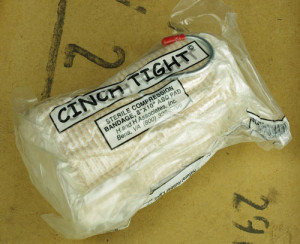
The pressure dressing is just as important as the tourniquet, if not more, for it can be used on the torso as well as extremities.
Pressure dressings are absorbent pads with cloth (often elastic cloth) attached; they are designed to be held over the site of an injury and secured by wrapping the cloth ends around the limb or body. An effective pressure dressing does not occlude the flow of blood to lower parts of a limb – check to see if the patient can still feel their fingers or toes afterwards – but an uncomfortable amount of pressure might be required to stop bleeding. However, this amount of pressure should not be applied to certain parts of the body, such as the abdomen; this is where training and knowledge becomes critical.
[Insert kerlixsm.jpg with caption “Gauze rolls or pads are versatile and can be used to treat a variety of injuries”]
Pressure dressings can be purchased as a pre-made unit or fashioned with gauze and tape. The former are normally quite large and might be difficult to attach to smaller parts of the body, which is where the latter can come in quite handy. Gauze can also be simply held in place with a hand while waiting for EMS to arrive.
Perforated medical tape is easy to tear into appropriately-sized pieces and can be used for a number of things, including attaching dressings to places where dressings don’t want to be attached. However, it’s also useful for the immobilization of foreign objects sticking out of a human body. You don’t want to pull a knife out of someone if they’ve been stabbed, for example – that’s for the doctors to do. But you also don’t want it moving around before the doctors have a chance to look at it. Tape will hold the item in place until that time.
Chest seals are used for what is commonly known as a “sucking chest wound” – a perforation of the lungs, resulting in a hole that lets air in where it shouldn’t be coming in. If this condition is allowed to build up, the result is the aforementioned tension pneumothorax. The chest seal is designed to let air out, but not in. I use Asherman chest seals. Asherman chest seals have gotten a bad reputation because they are difficult to apply to a bloody patient – and most people who have recently created holes in their chest are bloody – but in my experience, the seal can still be effective, especially if blood is wiped away from the wound site immediately prior to application.
I mention small adhesive bandages because while it is nice to have the big, cool things like tourniquets, chances are that you will most often need to cover up small wounds. I know how dumb I’ve felt when I realized that I could treat a double amputee with a sucking chest wound, but I couldn’t effectively stop the trickle of blood coming from my sliced finger, because my IFAK was loaded for big injuries and not small ones. It’s a minor point, but one that is often overlooked by a lot of people.
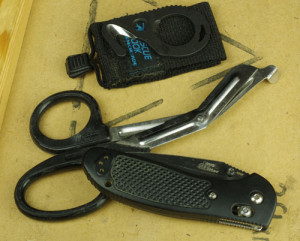
Cutting tools can remove hazards and slice through clothing - but will slice through skin if not used carefully.
Finally, the knife, trauma shears, or rescue hook. I almost always carry a pocketknife, which is an exceptionally versatile tool, but it might be a good idea to keep a spare in your medbag, too. Trauma shears are popular, but not very effective at cutting through extremely tough clothing or gear, such as when a tangled three-point sling traps an injured person inside a vehicle. Benchmade’s Rescue Hook is quite good, but something like a blunt-ended knife is going to be the most versatile cutting tool for this purpose.
I hope that this article has given you a greater understanding of what medical supplies are most useful at the shooting range or in the field, as well as other factors that relate to increased survivability. Whether you go big or small, understand that preparedness for medical emergencies does not stop or start with medical gear.
About the Author: Andrew Tuohy served in the US Navy as a Hospital Corpsman HM2(FMF). After completing Field Medical Service School (FMSS) he was assigned to the 5th Marine Regiment. Today Andrew is the Firearm Technical Consultant at LuckyGunner.com, where he tests their ammunition and ensures it functions correctly in a wide range of firearms.

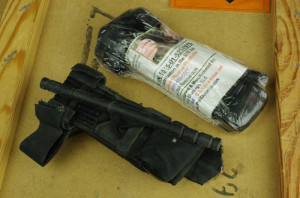
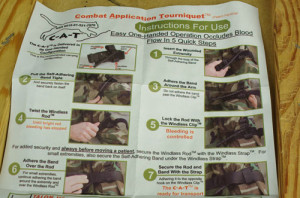
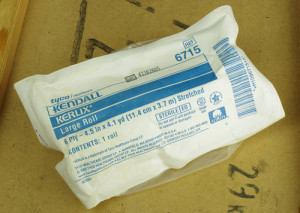
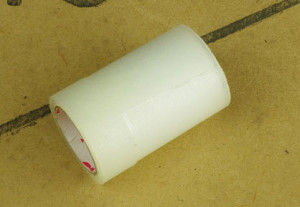
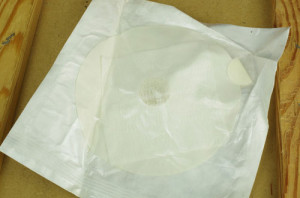
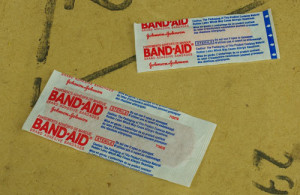
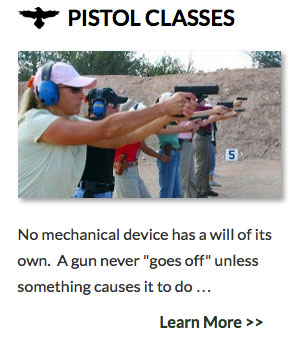

 MidwayUSA
MidwayUSA Ruger Firearms
Ruger Firearms SCCY Firearms
SCCY Firearms Streamlight
Streamlight Action Targets
Action Targets Gunsite Academy
Gunsite Academy
You must be logged in to post a comment Login